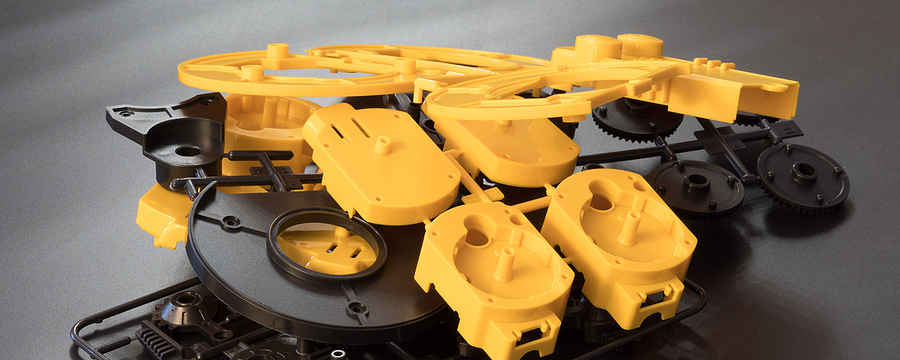Plastic part design geometry is one of the most important components in the design process. It affects not only the aesthetics but also the part’s performance, strength, and durability. So if you’re designing a plastic part, here are five key geometry tips that will help ensure its success:
Always define the part features’ design intent.
Ensure that your design intent is clearly documented, so everyone involved in the project understands it.
- Define the part’s design requirements those things which must be true about the part of the product to make it work correctly.
- Define any constraints on how a feature can be designed, e.g., limitations on manufacturing processes or materials used in production. Some constraints may be imposed by external forces outside your control. For example, regulations imposed by safety officials or material availability.
- Ensure that you understand all of these requirements and constraints before proceeding with designing any features for a plastic part.
Build a draft angle into the part.
Draft angles are used to increase the strength of parts, reduce stress, and make it easier to remove a part from its mold.
A draft angle is the angle of a wall on a part as it transitions into another surface. The draft angle is also known as an undercut or negative draft angle.
Add ribs and gussets for added strength and durability.
Ribs and gussets are used to increase the strength and durability of a plastic part design. They can also be added to increase stiffness. This is important in parts needing to be stiff enough to withstand loads coming from their intended use. The placement of ribs and gussets must be carefully considered because they affect other aspects of the part’s design:
- The thickness of ribs will determine the amount of material used in areas where ribs are not needed or have been removed.
- If you plan on printing your part on a 3D printer, then ribs should not be placed over areas where internal supports will be printed, as this could cause problems with printing accuracy if it causes issues with support removal later on down the line
The wall thickness should be uniform throughout the entire part.
One of the most important rules when designing a plastic part is ensuring its wall thickness is uniform throughout. This can be very difficult if you’re trying to model something with complex proportions, like an intricate shape or an irregular surface. However, all parts must have the same wall thickness, so they don’t crack during production or in use.
The recommended minimum wall thickness for any given material is determined by three factors: 1) The desired strength of the part; 2) The amount of plastic needed for production; 3) The length/width ratio of your design (i.e., whether it has a lot more surface area than depth/thickness).
Place threads in cavity walls to reduce stress concentrations.
It’s important to place threads in cavity walls to reduce stress concentrations. Stress concentrations are points where the stress is high, and if you have a part with many of these points, it can be difficult for the part to handle the stresses without breaking. Threads are one way to get around this issue.
Threads can be used at the top and bottom of the cavity wall where no other loads are applied directly on them (usually at least two millimeters away from any other load-bearing surfaces). The distance from a threaded hole or pinhole should be equal in all directions: i.e., if you put it 1 mm from one edge and 2 mm from another edge, you should put it 3 mm from an adjacent surface so that they are equidistant from each other.
Conclusion
By following these five plastic part design geometry tips, you can ensure that your plastic part design will be successful. You’ll be able to create an efficient and effective design that meets your customers’ needs. For help with a specific plastic part design or its geometry, ask a Plastics Expert or call us at 937.667.8416.

